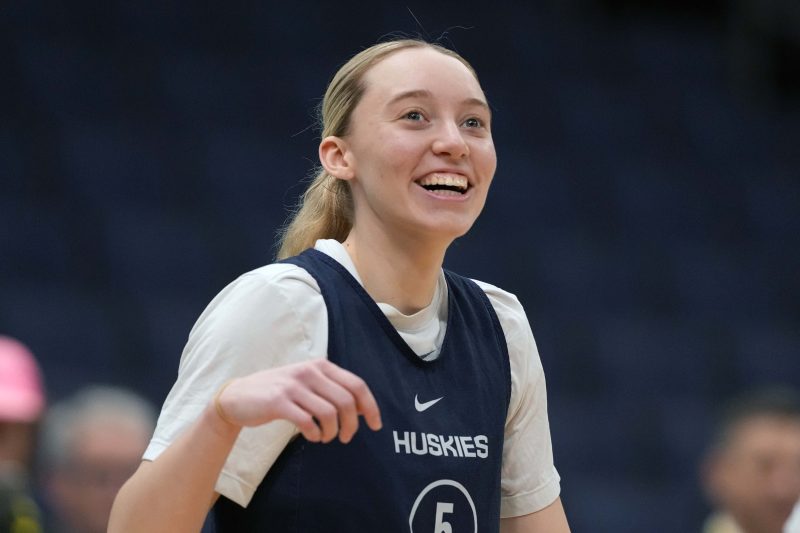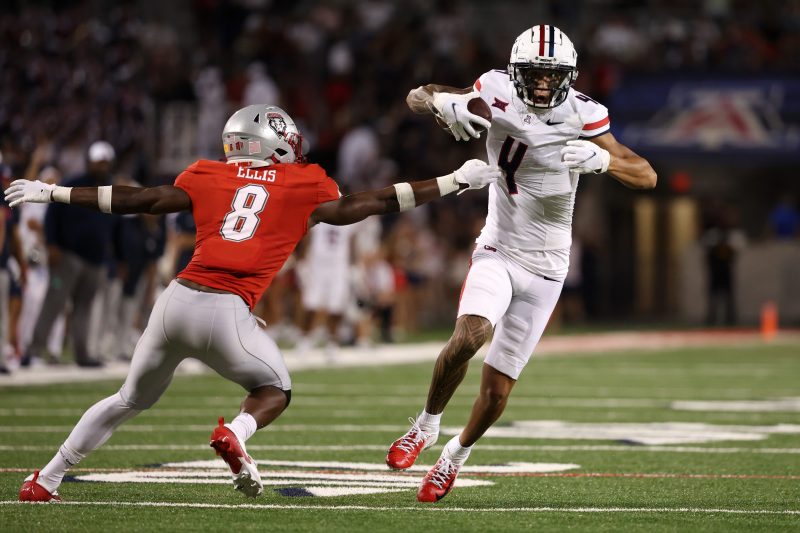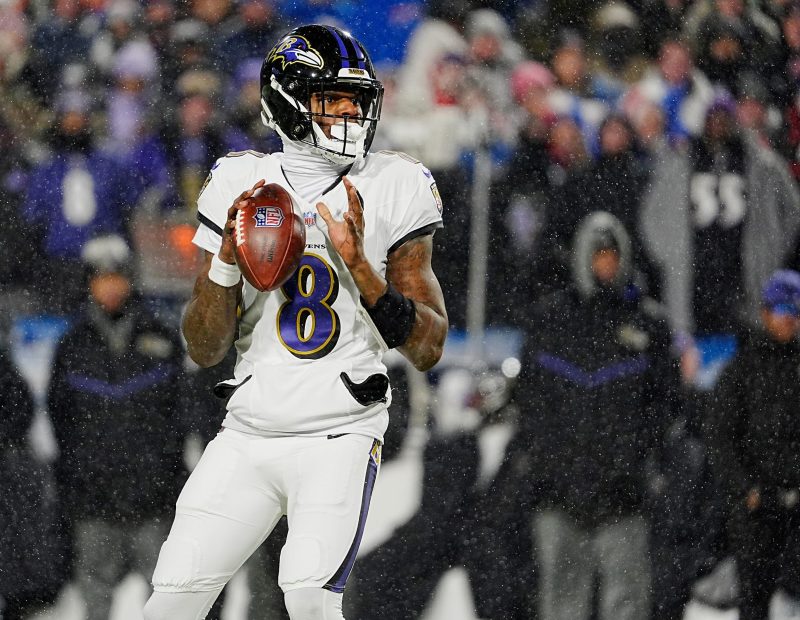What was the best Final Four? Our rankings of the top semifinals

There’s someone missing from theFinalFour: Cinderella.
Out-of-nowhere success stories have long been an indelible part of the NCAA men’s tournament experience, and the absence of a truly unexpected underdog has been one of the defining themes of this year’s bracket.
But having an A-list Final Four is pretty good, too.
Based on each team’s performance leading into Saturday night, this year’s field of Auburn, Duke, Florida and Houston is one of the strongest in men’s tournament history. Only once before, in 2008, have four No. 1 seeds advanced to the national semifinals.
Whether the next few days live up to expectations remains to be seen – great teams don’t always create great matchups, so these year’s star-studded pairings could easily yield disappointingly one-sided results.
On paper, though, this group stacks up with any Final Four in tournament history. Including this year’s national semifinals, here are the seven strongest Final Four fields since the tournament expanded four decades ago:
2025: No. 1 Auburn, No. 1 Duke, No. 1 Florida, No. 1 Houston
Auburn and Florida rose to the top of an SEC that might have been the strongest single-season conference in NCAA history. Houston has turned into a powerhouse under coach Kelvin Sampson. Duke is back in the Final Four for the first time under coach Jon Scheyer. In addition to the way each dominated the regular season, this year’s Final Four includes a transcendent talent in Blue Devils forward Cooper Flagg, who could complete one of the great freshmen seasons by leading the Blue Devils to the championship.
NCAA RESEED: Ranking the four Final Four teams from best to worst
PREDICTIONS: Five reasons Duke won’t win title and one why it will
2008: No. 1 Kansas, No. 1 Memphis, No. 1 North Carolina, No. 1 UCLA
This group combined for just nine losses during the regular season and then bulldozed into the Final Four, with only two of the combined 12 tournament matchups heading into the national semifinals decided by single digits. Three of the four teams reached No. 1 in the USA TODAY Sports men’s college basketball poll; the one exception was Kansas, which would beat Memphis in the championship game.
2015: No. 1 Duke, No. 1 Wisconsin, No. 1 Kentucky, No. 7 Michigan State
This quartet loses some luster for No. 7 Michigan State, which had to play its way off the tournament bubble by winning six of eight games to end the regular season and then reaching the Big Ten championship game. But Wisconsin won a program-record 31 games during the regular season. Kentucky had six players taken in the ensuing NBA draft, four in the lottery, and was 38-0 before losing in a dramatic game in the semifinals against the Badgers. Eventual national champion Duke had seven future NBA players of its own, including national player of the year Jahlil Okafor.
1993: No. 1 North Carolina, No. 1 Michigan, No. 2 Kansas, No. 1 Kentucky
Hall of Fame coaches at the controls of three legendary programs — Dean Smith, Roy Williams and Rick Pitino — were joined by the Fab Five, now sophomores in New Orleans The appeal of these teams, coaches and players were seen in massive TV ratings for the final between North Carolina and Michigan. Over 22 million tuned in to see the Tar Heels’ win, making it the second-most watched college basketball game in history at the time. The championship game would see Chris Webber famously call timeout in the final seconds when the Wolverines had none remaining, which effectively secured a second title for Tar Heels coach Dean Smith.
1999: No. 1 Connecticut, No. 1 Duke, No. 1 Michigan State, No. 4 Ohio State
The Huskies claimed their first national championship under coach Jim Calhoun after going 28-2 during the regular season and going unbeaten on the road. After reaching its first Sweet 16 since 1990 the previous season, Michigan State was just getting warmed up under longtime coach Tim Izzo; the Spartans would win it in 2000. Ohio State was an outlier after finishing three games behind Michigan State in the Big Ten but had a terrific backcourt in Scoonie Penn and Michael Redd. Lastly, Duke was an absolute powerhouse that was 37-1 heading into the championship game. The Blue Devils would go down as one of the best teams not to win it all.
2001: No. 1 Duke, No. 2 Arizona, No. 3 Maryland, No. 1 Michigan State
This one had it all. The defending champions in Michigan State. An Arizona team headlined by future NBA stars in Gilbert Arenas and Richard Jefferson. A program in Maryland on a collision course for the national title, though that wouldn’t come until the following April. And Duke was absolutely loaded behind Jay Williams, Carlos Boozer, Shane Battier, Mike Dunleavy, Chris Duhon and more. Then ACC rivals, Duke and Maryland would play a wild semifinal that saw the Terrapins lead by 22 in the first half before the Blue Devils rallied to win. Duke would then beat Arizona to win it all.
2007: No. 1 Florida, No. 1 Ohio State, No. 2 Georgetown, No. 2 UCLA
Florida’s rockstar roster — Joakim Noah, Al Horford, Chris Brewer and Lee Humphrey, just to start — piloted the Gators back into the semifinals and to the verge of back-to-back national championships. The quest for a repeat was the dominant storyline of the Final Four. Standing in the way was two national brands in Georgetown and UCLA along with Ohio State’s memorable freshman class of Mike Conley Jr., Daequan Cook and, of course, center Greg Oden. The Buckeyes would reach the title game against the Gators after beating Georgetown, but were unable to threaten them in the second half.







